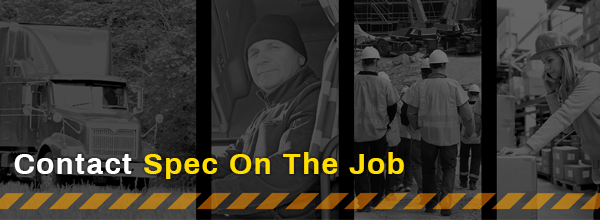E-commerce companies are changing the landscape of retail. In the past, consumers had to make weekly trips to brick-and-mortar stores to purchase essentials. Now we can buy everything from groceries to medicine to pet food online and have them delivered to our doorsteps.
But online retailers are no longer satisfied only with helping consumers bypass trips to local shops. The newest goal is “instant” delivery – that is, cutting down the time from online purchase to arrival from days to mere hours, or even minutes.
No-waiting-delivery sounds great for consumers. But there’s a problem: faster delivery means even more traffic.
 The Quest for Instant Delivery
The Quest for Instant Delivery
Traffic jams aren’t just an annoyance faced by commuters. They cost e-commerce vendors and delivery services money. Fuel costs alone eat into company profits to the tune of $27 billion per year.
Traffic also hurts e-commerce companies when it comes to customer goodwill. When customers pay for two-day shipping, they want their items in two days or less, and may demand a refund if they don’t get it.
One strategy for e-commerce companies to speed up delivery is to build more fulfillment centers close to where consumers live.
Traffic Headaches
Because of the rise in e-commerce, warehouse space is already at a premium. Moody Analytics predicts that year-over-year annual growth rate in warehouse space will be 9.8% by 2019, and the construction of warehouse and industrial space is outpacing store and office space.
Not only do distribution centers increase truck traffic. They also increase commuter traffic.
As of 2015, Pennsylvania’s York County was home to more than two dozen distribution centers. Not only do those centers draw a steady stream of commercial truck traffic, but the centers also employ more than a thousand people throughout the region – most of whom must commute to work.
And increasingly, e-commerce companies are trying to move their warehouses out of the suburbs and closer to where more of their urban customers live. That’s because far-flung distribution centers that might be located hours away from population centers work against the goal of “instant” delivery.
This push for faster deliveries in urban areas means adding a huge traffic burden to already-congested city roads.
Community Response
Many communities court the jobs that distribution centers bring. But when these transportation hubs actually move into town, city planners have to scramble to keep traffic flowing.
In Pennsylvania’s York County, officials are trying to solve their commercial truck traffic woes by reprogramming traffic signals to better accommodate the longer acceleration time of large trucks. Officials are also planning to widen entrances and exits to a nearby interstate, which are currently choke-points for commuters.
Other cities are trying to solve their commercial traffic woes by rethinking parking. In Chicago, city planners are remaking their curb space to accommodate more e-commerce deliveries. In a pilot program, the city is consolidating loading zones to give delivery trucks dedicated space, then charging them by how long they remain parked. The city is also pushing delivery companies to make more deliveries at night.

“Helping our clients get jobs done since 1998.”